Discover the beauty of Vietnamese lacquer painting (sơn mài), an art form with deep history and intricate techniques. Learn how artists create stunning textures and why lacquer art is a durable, low-maintenance choice—perfect for collectors seeking timeless investment pieces.
What is Vietnamese Lacquer Art?
Vietnamese lacquer art, known as tranh ‘Sơn Mài’ or Lacquer, is one of Vietnam’s most prestigious traditional art forms, blending natural materials, meticulous craftsmanship, and centuries-old techniques. This intricate process involves layering natural lacquer, embedding organic materials like eggshell and mother-of-pearl, and polishing the surface to achieve a deep, radiant finish.

The History and Origins of Sơn Mài Art
Dating back centuries, Vietnamese lacquer art has evolved from ancient decorative crafts into a highly respected fine art genre. The key ingredient, ‘Sơn Ta’ (natural lacquer), is derived from the lacquer trees of Phú Thọ province. These trees, scientifically known as Toxicodendron vernicifluum, produce the sap that forms the foundation of lacquer painting, making it a uniquely Vietnamese tradition.
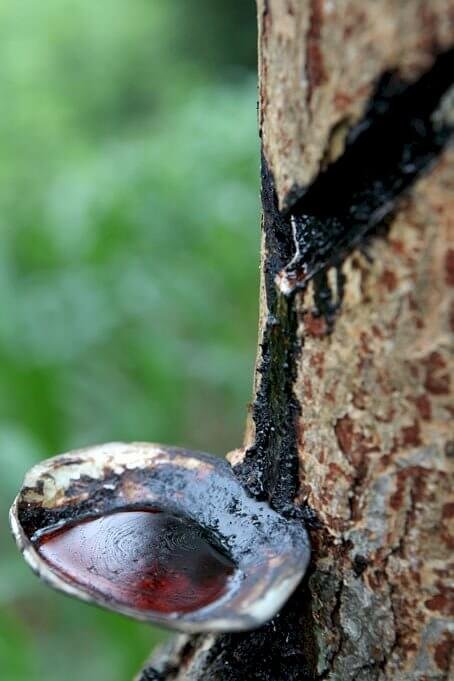
Vietnamese lacquer painting gained prominence in the early 20th century, particularly through the influence of the Indochina College of Fine Arts (now Vietnam University of Fine Arts), where artists refined traditional techniques and elevated lacquer into a medium for fine art. Today, sơn mài paintings are widely recognized in museums, art collections, and exhibitions worldwide, solidifying Vietnam’s place in the global fine art scene.
How is Vietnamese Lacquer Painting Made?
1. Preparing the Vóc Panel – The Foundation of Lacquer Art
A high-quality plywood base (vóc panel) is treated through over 20 meticulous steps to ensure durability, smoothness, and resistance to moisture. The process includes applying muslin fabric and alluvial soil to strengthen the surface. Then the artist will coat multiple layers of natural lacquer for a smooth, non-porous finish. Finally, he will creat a stable foundation for paint, gold leaf, eggshell, and other inlays.
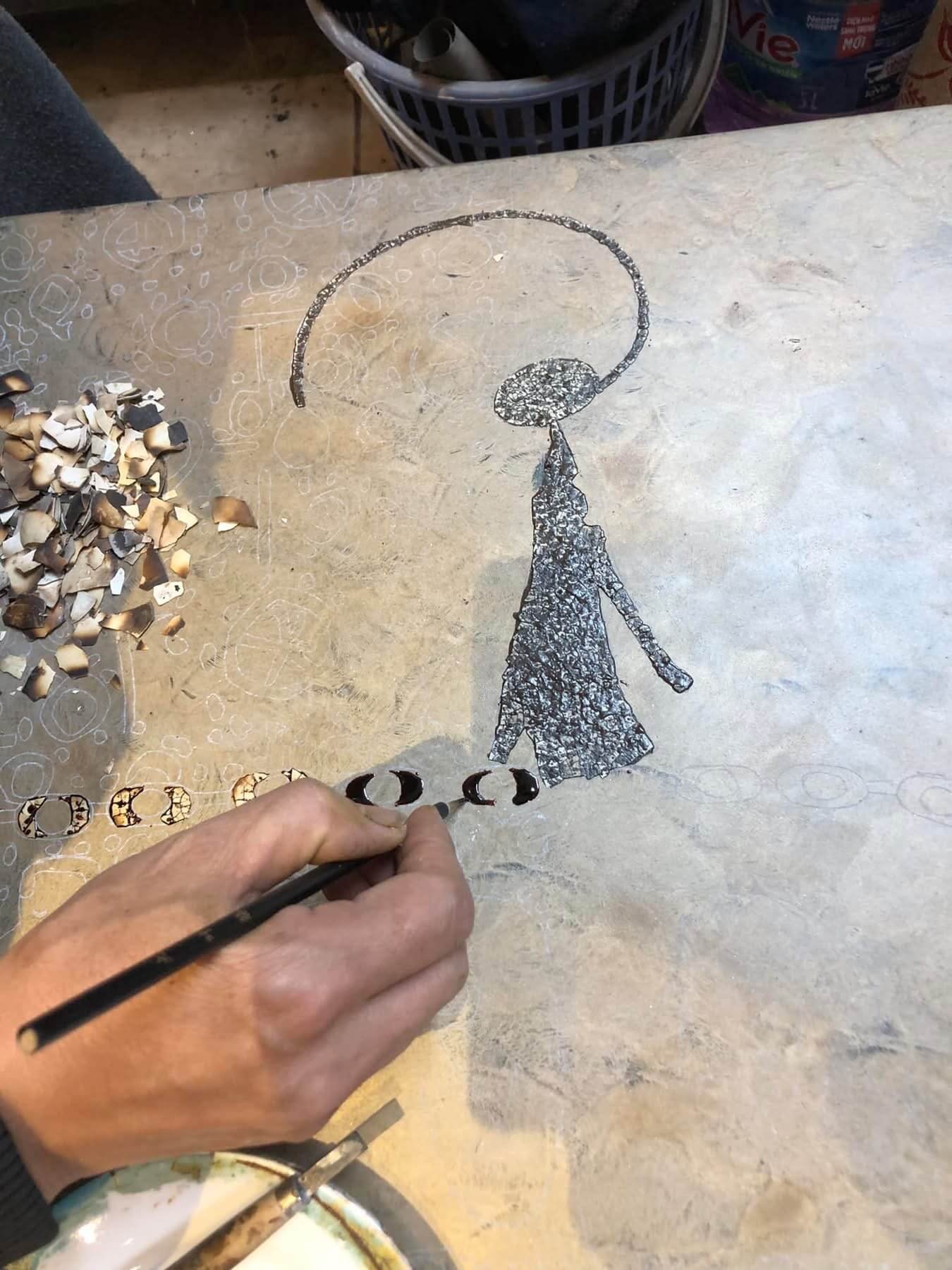
2. Layering Natural Lacquer and Pigments for Vibrant Colors
Unlike other painting techniques, Lacquer art involves building up multiple layers of lacquer, each carefully dried in a humidity-controlled chamber (80–90%). Artists use natural mineral pigments, such as: Cinnabar (red) and malachite (green) for deep, organic. Meanwhile Gold and silver leaf for shimmering highlights and intricate details. Eggshell and mother-of-pearl inlays for texture and luminosity
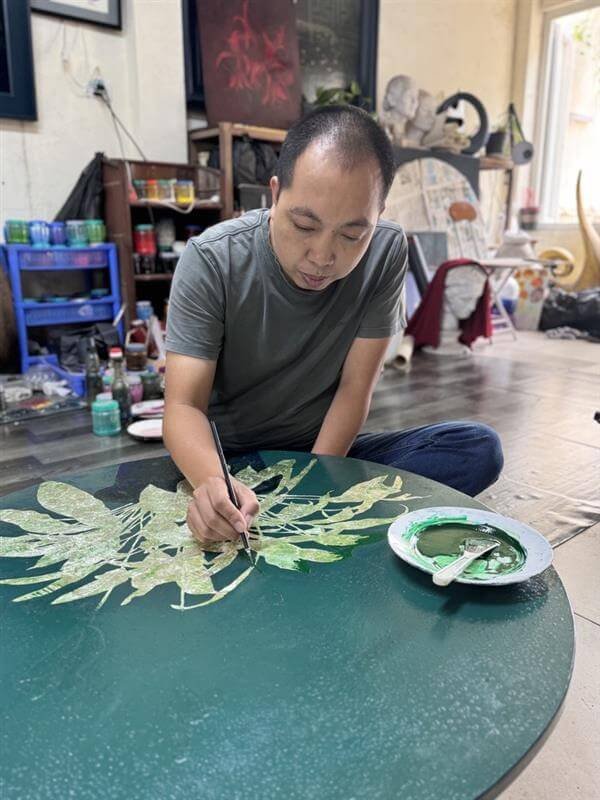
3. Polishing and Revealing Hidden Layers
The final and most exciting step in Vietnamese lacquer painting is sanding and polishing. This is a crucial step that makes a painting comes to life. Artists carefully buff the surface using Water and fine sandpaper to expose hidden layers. Charcoal powder and specialized stones for a smooth, glossy finish.This unique process ensures that each sơn mài painting has unparalleled depth, richness, and visual impact. The sanding and polishing stage also demands exceptional patience and precision from the artist, as mistakes made during this process can be irreversible. It is a true test of an artist’s skill—requiring delicate control over the material to preserve the original vision while revealing the intricate layers beneath.
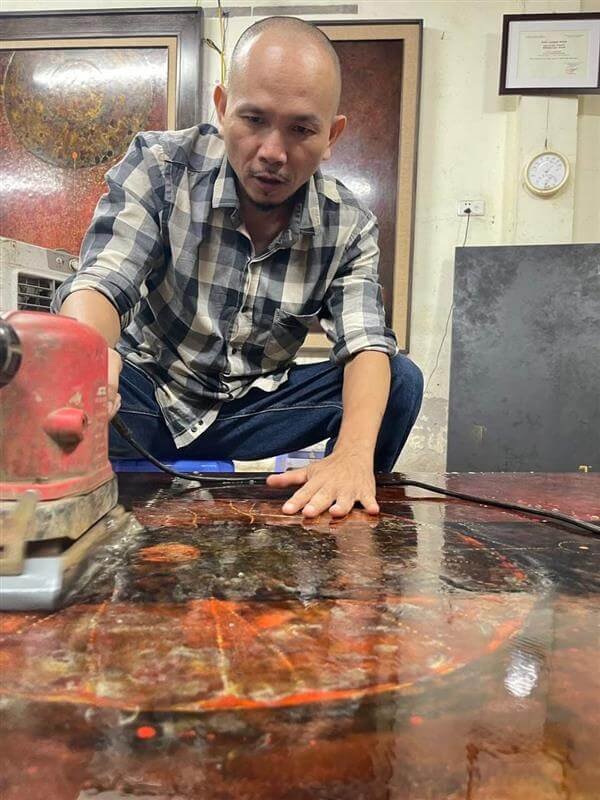
Why Vietnamese Lacquer Art is a Good Investment?
1. The Material Itself is an Investment
Lacquer is a material that withstands time better than oil or silk paintings. While silk paintings may fade and require delicate preservation, and oil paintings are susceptible to cracking or yellowing, lacquer art remains intact and vibrant for generations.Thanks to the protective lacquer coating, they can withstand moisture, humidity, mold, and environmental damage while maintaining their original vibrancy. The colors in lacquer paintings deepen and become more vibrant, making them a valuable long-term investment for art collectors.
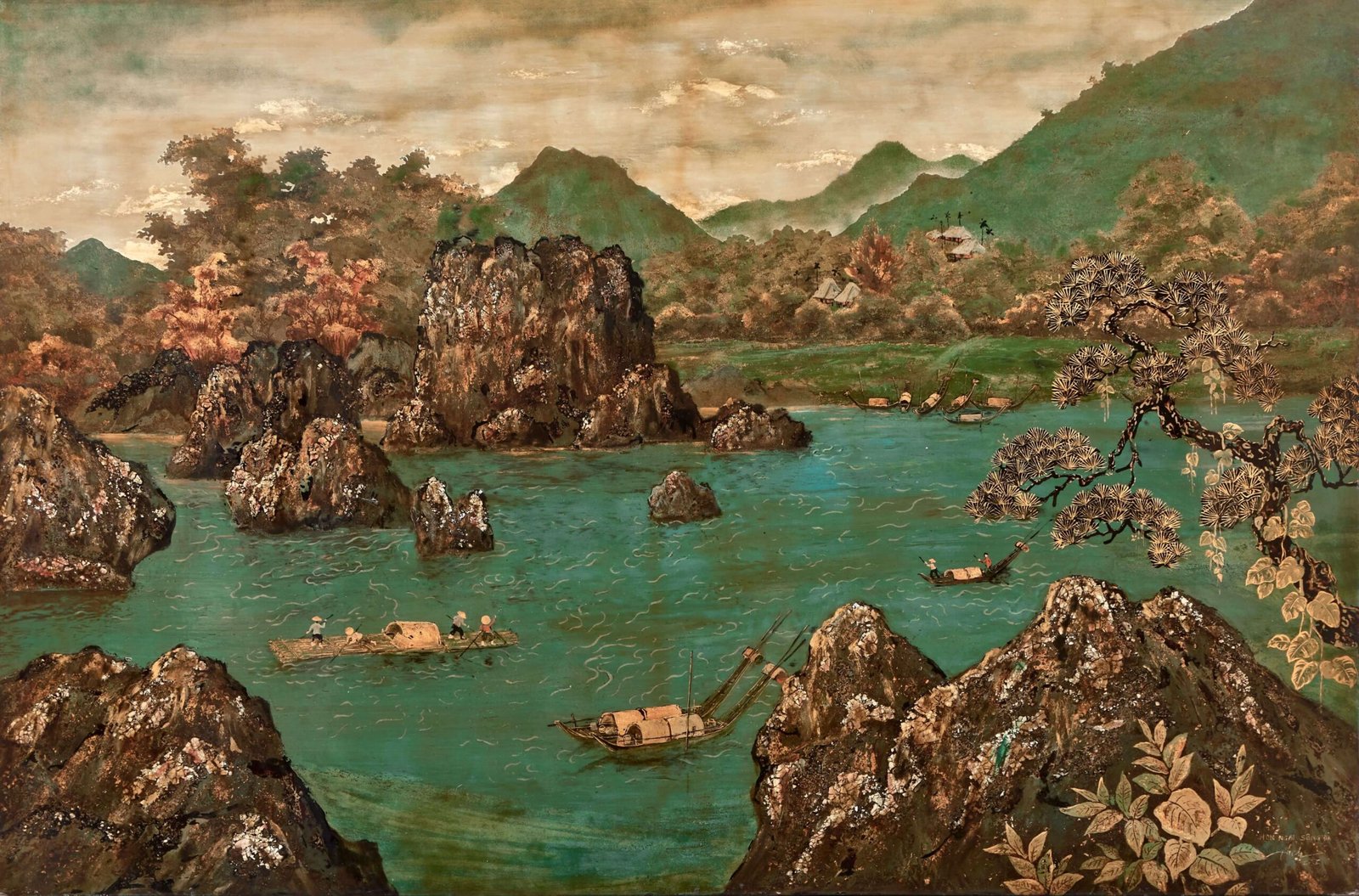
2. Low Maintenance and Climate Resilience
Vietnamese lacquer paintings are ideal for hot, humid climates like in Singapore, as they are made from well-processed wood that prevents warping or mold formation. Additionally, the lacquer surface is easy to clean, requiring only a soft cloth and mild cleaning solution to maintain its shine and clarity.

3. Deep Cultural and Artistic Value
Vietnamese lacquer paintings carry no singular religious or cultural connotation, making them highly versatile in modern interiors and contemporary spaces. However, they still embody a rich history, drawing from centuries of artistic tradition and refined craftsmanship.
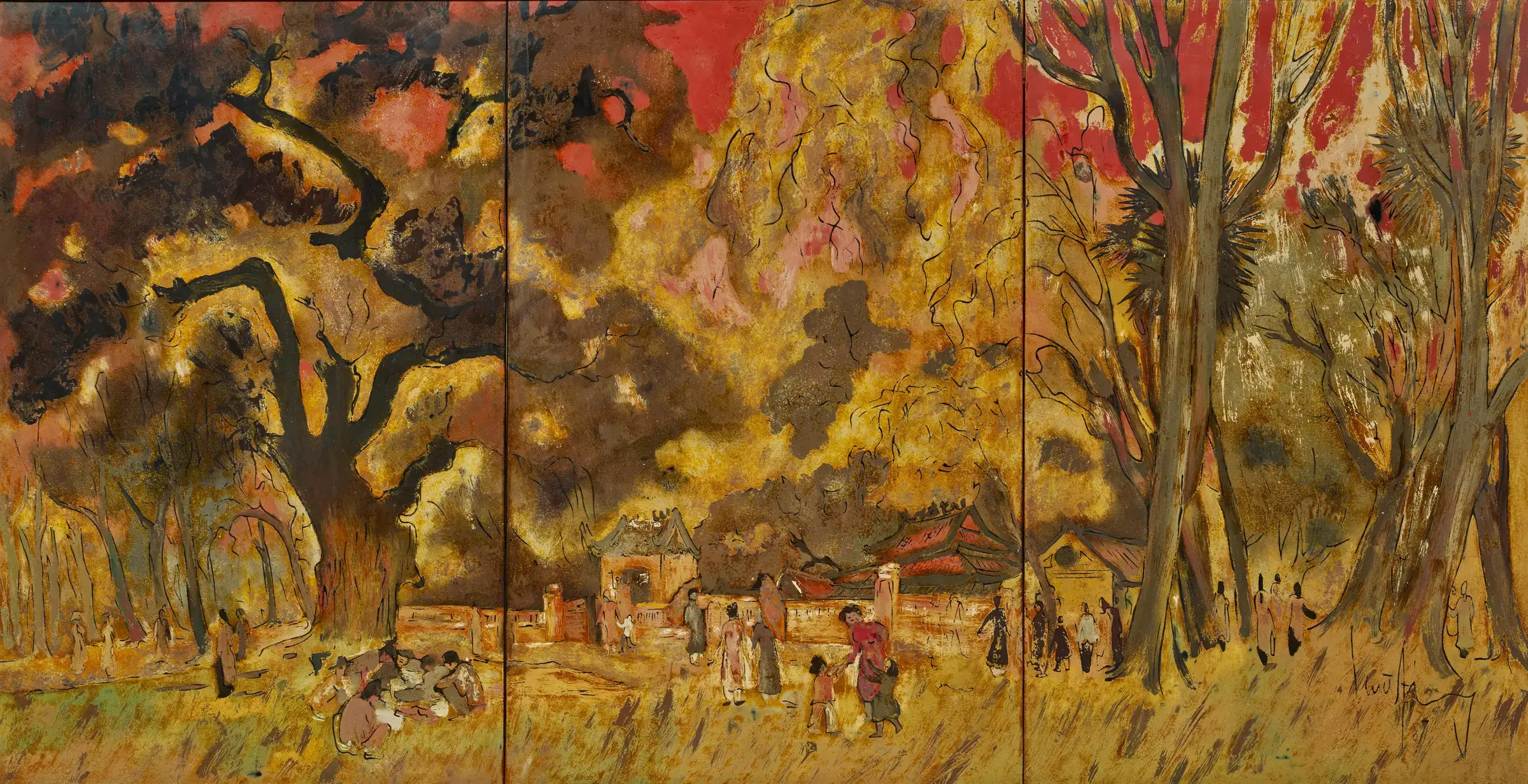
Final Thoughts
Vietnamese lacquer art is not just a visual art form—it is an evolving testament to craftsmanship and creativity. As artists continue to push its boundaries with mixed media and modern techniques, sơn mài remains one of the most captivating and durable art traditions in the world. Whether displayed in a private collection, museum, or contemporary gallery, these paintings are more than just art—they are a celebration of Vietnamese heritage and artistic excellence.
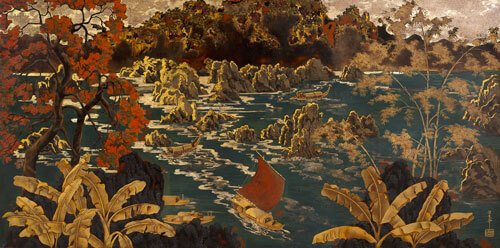

 Français
Français Tiếng Việt
Tiếng Việt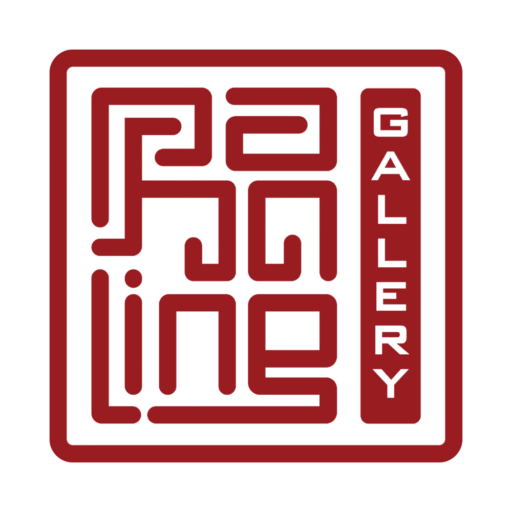
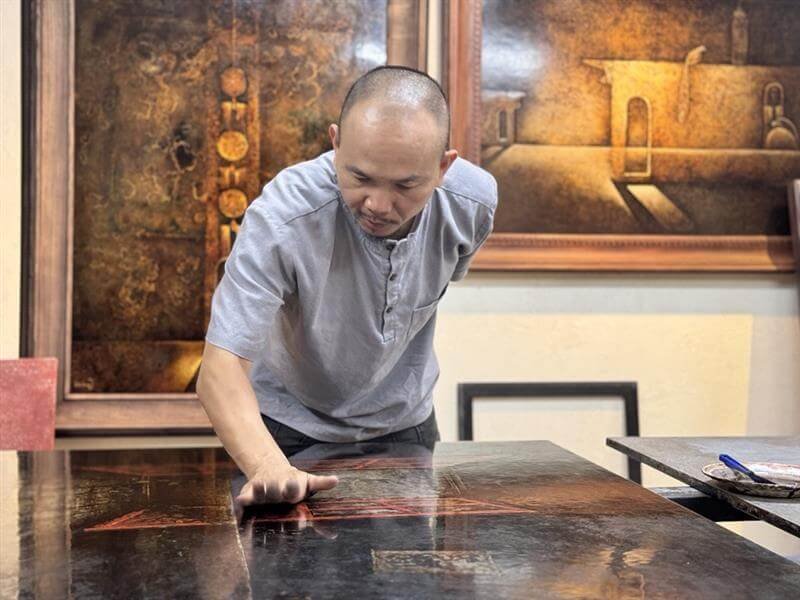
Pingback: Vietnamese Lacquer Art: A Journey Into the Unknown – Part 1 – Phan Ling Gallery